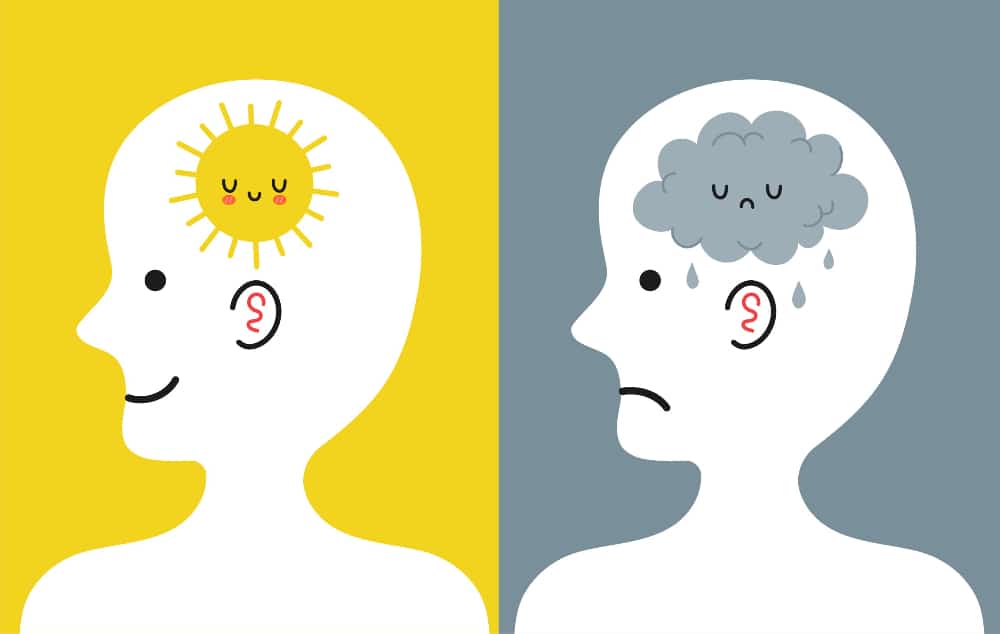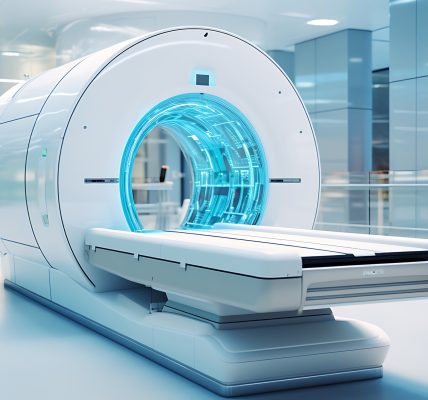Why Addiction Is Not a Chronic Brain Disease

We have been following along in the new book, A New Approach to Addiction and Choice: Akrasia and the Nature of Free Will, by Dr. Reinout W. Wiers, the head of the Addiction Development and Psychopathology Lab at the University of Amsterdam in the Netherlands. In our previous post, we summarized Dr. Wiers’ evidence for the “chronic brain disease” theory of addiction.
That theory, which Dr. Wiers notes is dominant in the United States, says that consuming addictive substances, particularly early in life, can damage brain development, and that addiction causes permanent brain damage. The damage can be moderated through treatment but not reversed. Most of the research money on addiction treatment is going to find ways to fix the brain. Dr. Wiers thinks that’s a mistake.
Let’s start with the mice, who are the victims of all this brain research since it is so difficult to run deadly experiments on humans. It turns out that a rat bred in isolation will indeed keep pressing a reward button long after the button dispenses shocks and not rewards. The addict, it is speculated, will continue to harm themselves even when the chance of getting high has disappeared.
Dr. Wiers credits Bruce Alexander and Lee Hogath for demonstrating that rats, like humans, are social beings and that rats not raised in isolation stop pressing the button when it no longer yields a reward. “[W]hen a smoker’s lighter does not work,” Dr. Wiers notes, “he does not compulsively keep trying the broken lighter.” He seeks another source of flame.
Here’s another problem with rodents: their brain development barely resembles human beings. Many mental health diseases involve areas of the brain that never develop in rodents. Dr. Wiers lays down some sobering truths for the addiction treatment industry:
- “The vast majority of people who struggle with addiction at some point in their lives are not treated at all and overcome the problem without professional help.”
- “Most people who were addicted in young adulthood were no longer so by later measurements (over a decade later, three-quarters were no longer addicted).”
- “[M]any neurocognitive functions recovered at least partially after long-term abstinence (usually 6 to 12 months).”
- “[P]ersonality is a much stronger predictor of early drinking onset than all brain measures and genetics combined.”
If addiction is a chronic brain disease, how come it goes away by itself in a majority of cases without professional assistance? Is the brain damage being repaired, or does the behavior no longer have the power it once did? To some extent, substance use disorder is a young man’s game: more males are prone to it, and most age out of it. Yet it’s still a scourge that claims 10,000 lives a month in the U.S. and ruins countless others.
You can look at brain scans and see that love also causes “brain damage,” as does sports fandom, travel and learning. Everything we like and dislike feeds into a matrix of expectations that one could call brain damage or brain development. Even studies on the brains of adolescent binge drinkers showed the damage to control functions “was not that bad,” writes Dr. Wiers, though it is scientifically proven that adolescent drinking retards brain development.
Dr. Wiers cites the “Vietnam experiment,” which we have written about on AddictionNews. After three years, only 12% of returning heroin addicts had relapsed. Addiction is hardly an incurable brain disease, although it does cause damage to the brain’s ability to resist cues, which is an essential element of recovery. However, abstinence does result in what Dr. Wiers calls “partial neurocognitive recovery.”
One of the unique aspects of human brains is that we have “future thinking capabilities” which are very important to successful recovery. We can imagine other scenarios besides pressing the button. Impulsivity is a better predictor of substance use problems than genetics. As our previous post noted, people are “sign-trackers” focused on the signals or “goal-trackers” focused on the reward. But addiction is not an either-or condition. Dr. Wiers’ colleague, Denny Borsboom, advocates a “symptom network approach.” As Dr. Wiers says:
[I]n the case of mental disorders, the symptoms are the mental disorder, and the symptoms affect each other. (Emphasis in original.)
The Centre for Urban Mental Health, where Dr. Wiers is co-director, is using mathematical models from complexity science “to arrive at new interventions for common mental problems (addiction, anxiety and depression).” The symptom network approach argues that the solution to mental health issues is not likely to be a drug or therapy targeting a single brain network, which is currently the focus of most addiction research.
Dr. Wiers cites the work of Carl Hart at Columbia University in arguing that “money should be allocated to doing research on ways to prevent addiction in vulnerable groups, rather than (almost) only to neuroscience research to unravel the so-called chronic brain disease.” Hart cites the comparative lack of breakthroughs in the biochemical treatment of addiction and the relative lack of effort for simple, effective things such as banning ads or funding after-school care.
When we return to Dr. Reinout W. Wiers’ fascinating book, A New Approach to Addiction and Choice, we’ll summarize the mechanism Dr. Wiers believes drives addiction: biased choice.
Written by Steve O’Keefe. First published September 3, 2024.
Sources:
A New Approach to Addiction and Choice: Akrasia and the Nature of Free Will, by Reinout W. Wiers, to be published by Routledge in 2025.
“Recovery of neurocognitive functions following sustained abstinence after substance dependence and implications for treatment,” Clinical Psychology Review, August 2014.
“Advancing urban mental health research: from complexity science to actionable targets for intervention,” Lancet Psychiatry, November 2021.
Image Copyright: kahovsky.




